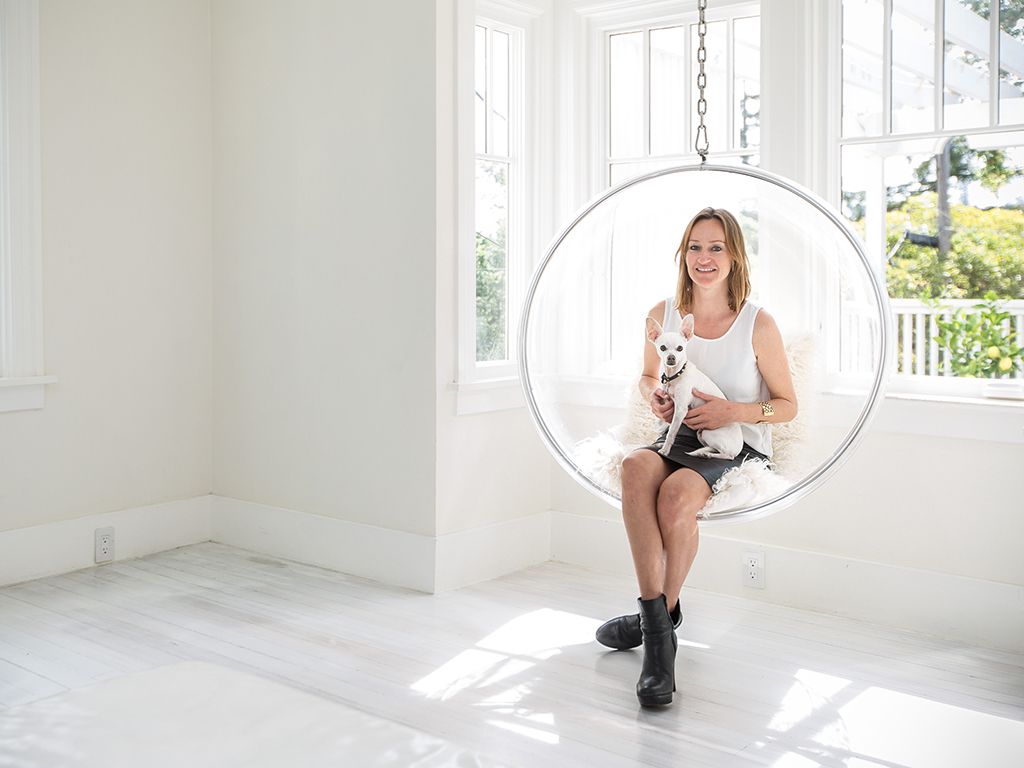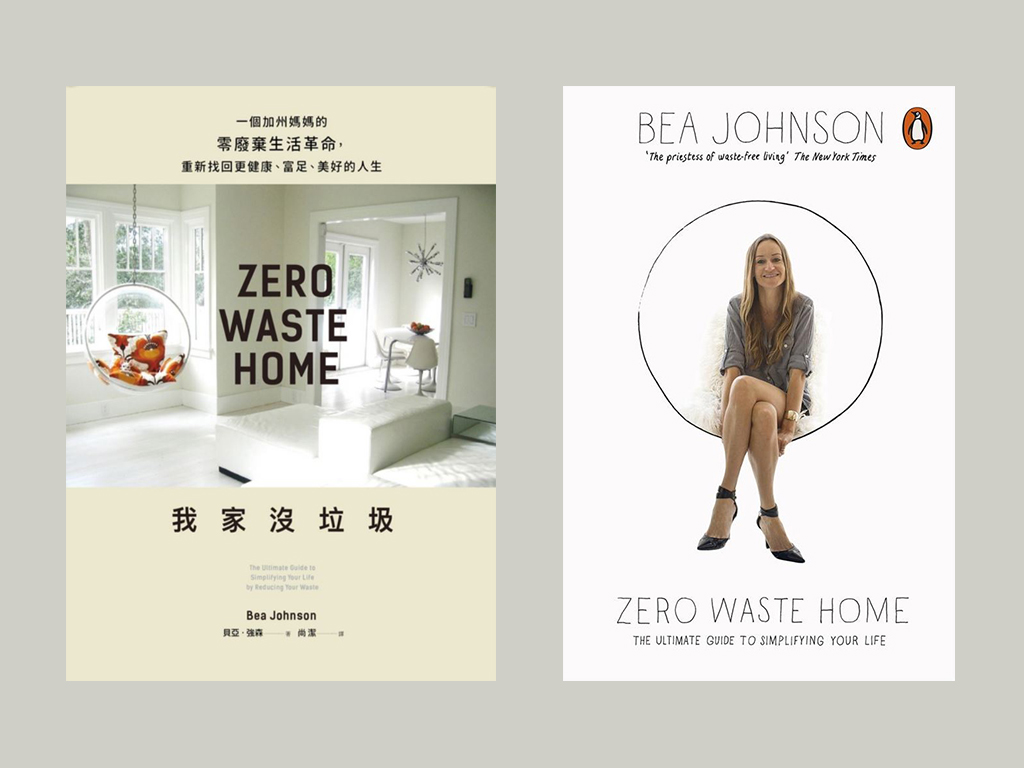INTERVIEW: 5 Minutes With Bea Johnson Zero Waste Queen & Pioneer Of The Global Low Waste Movement
4 Mins Read
We had the honor of meeting a true Green Queen Hero a few days ago, Bea Johnson- the New York Times called her the “High Priestess of Waste-Free Living.” She is the living embodiment of what it means to live a life of purpose and to be kind to our planet. Her seminal book Zero Waste Book (it’s a MUST READ!) is a global best-seller a hundred times over and has been translated into over 20 languages and has inspired millions to reduce the waste in their daily lives. When she is not with her family, she spends her time traveling around the world to share her message. She has hundreds of thousands of followers across social media and has been featured in every major international newspaper and media outlet, she has gone on 11 speaking tours across six continents and her TEDx talk has been viewed more than 150,000 times. We got a few minutes to speak to her during her recent visit to Hong Kong where she gave an incredible talk at the Landmark Mandarin Oriental Hotel organized by NO!W No Waste. Here’s what she had to say!
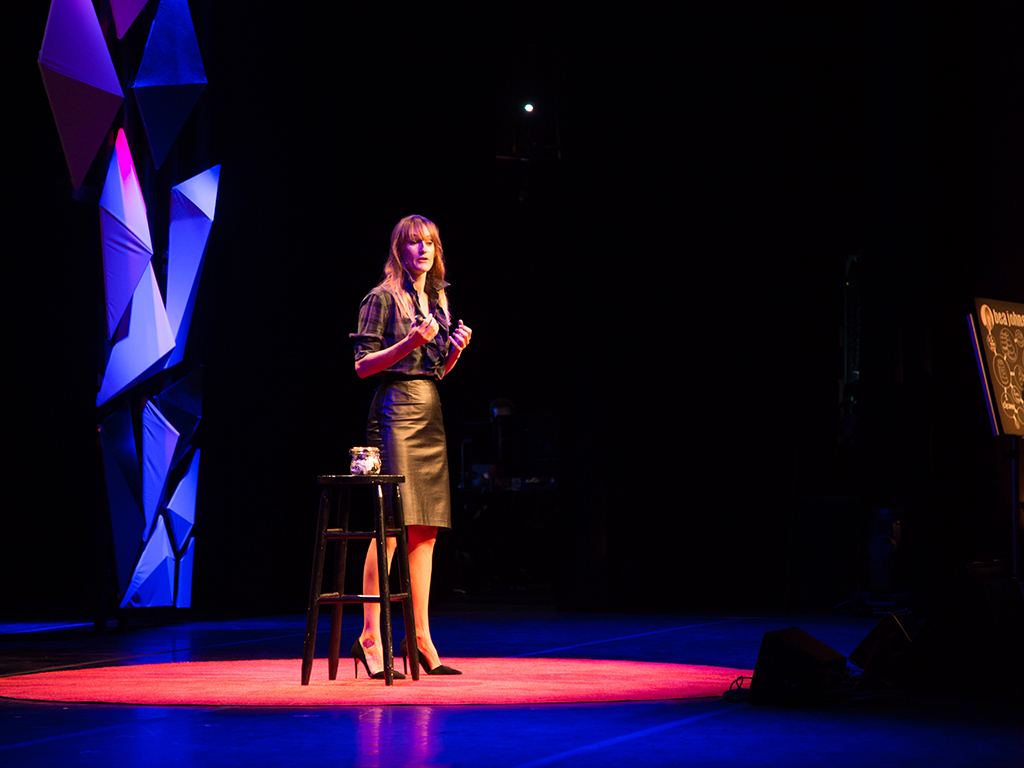
Is adopting a zero waste lifestyle easier for some cultures/countries than others?
I have found that this way of life is not easier to adopt in one country or another. For Zero Waste to be sustainable in a household, one has to adopt alternatives that fit his/her schedule, are feasible in the long run, and suit his/her regional customs and restrictions. Anyone, regardless of location can apply my book’s 5R’s (Refuse, Reduce, Reuse, Recycle, Rot in order) to their lives!
Are there any zero waste lifestyle products you wish existed?
Yes, I wish there was a reusable toothbrush with a natural removable head.
 What have you found to be the biggest challenge on this journey?
What have you found to be the biggest challenge on this journey?
Our biggest challenge was finding balance, figuring out what worked for us and what did not. There were no books or blogs on how to do Zero Waste when we started in 2008. So I googled alternatives and tested many recipes and how-to’s. But I eventually got too wrapped up into homemaking: at one point, I was making cheese, bread, yogurt, soy milk, butter, etc. Some of these ideas were too extreme, too time consuming, and we later dropped them for the sake of simplicity. For example, we realized that there was no need for us to make bread if we could buy it unpackaged either directly from the bakery or from the bakery bins.
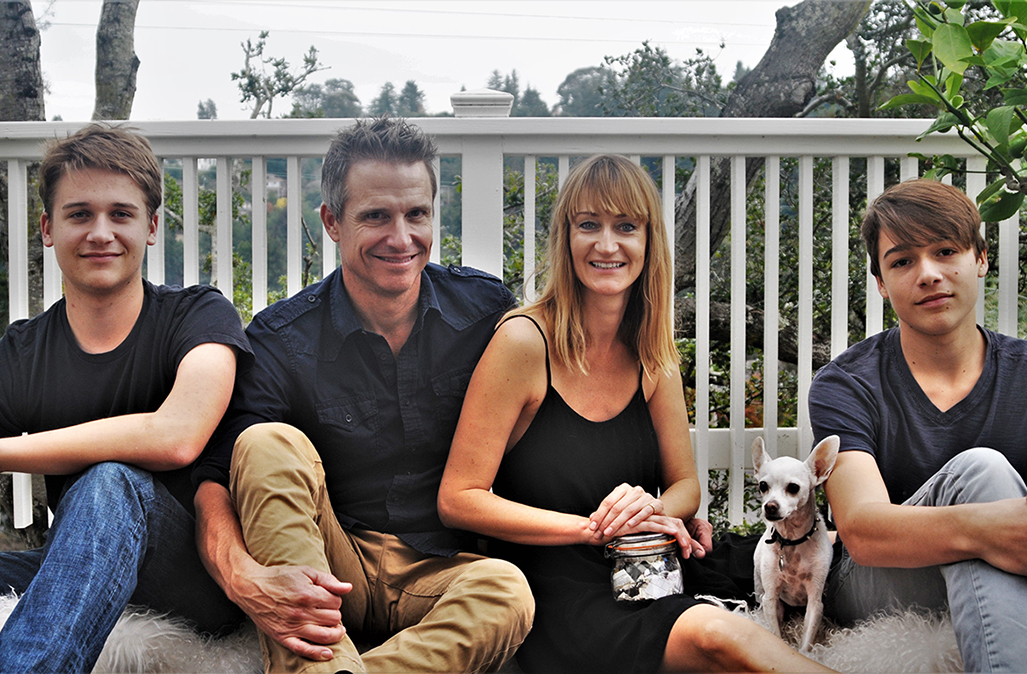
Have your friends and extended family become zero waste since you adopted this lifestyle?
Our friends have been very supportive (just as I would be to them if they chose a different way of living), that’s what friends are for! Some of them were even inspired to simplify their lives and adopt some of our alternatives.
What are the biggest misconceptions people have about adopting a zero waste lifestyle?
The misconceptions are that Zero Waste:
- is about recycling more (it’s actually about recycling less by applying my 5R’s in order)
- it takes more time
- it costs more
- it means that you have to look like a hippy.
We’ve been able to prove the complete opposite!
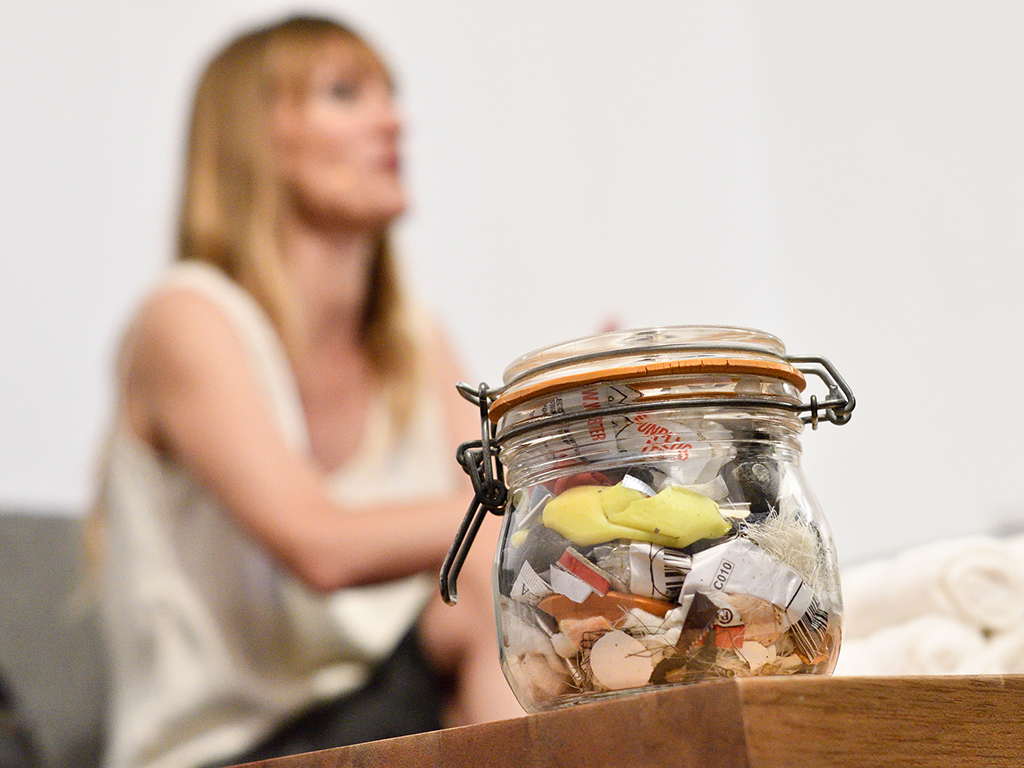
Do you think zero waste be achieved on a large scale without government regulation?
This is an answer that could fill a book, but in essence, to achieve a zero waste society, all entities need to work together, and that of course includes the government. It can educate its citizens and enforce eco-conception (for example, require that retailers take back their goods at the end of their cycle). They can support reuse practices, and facilitate recycling and composting.
The concept of refuse is opposite to our capitalist world. How can consumer brands help create a better world?
They can offer their products in bulk or in reusables; they can make products that last, are repairable (offer a repairing service like Patagonia), made from recyclable materials (glass, metal, paper, wood, or natural fibers) and better yet, have an unconditional lifetime warranty on their products (that’s why we own Briggs and Riley luggage, Totes umbrellas, Jansport backpacks, Darn Tough socks, etc..)
Make sure to follow Bea’s journey on her website, Facebook page and Instagram.
Lead photo credit: Michael Clemens, Sees The Day.

